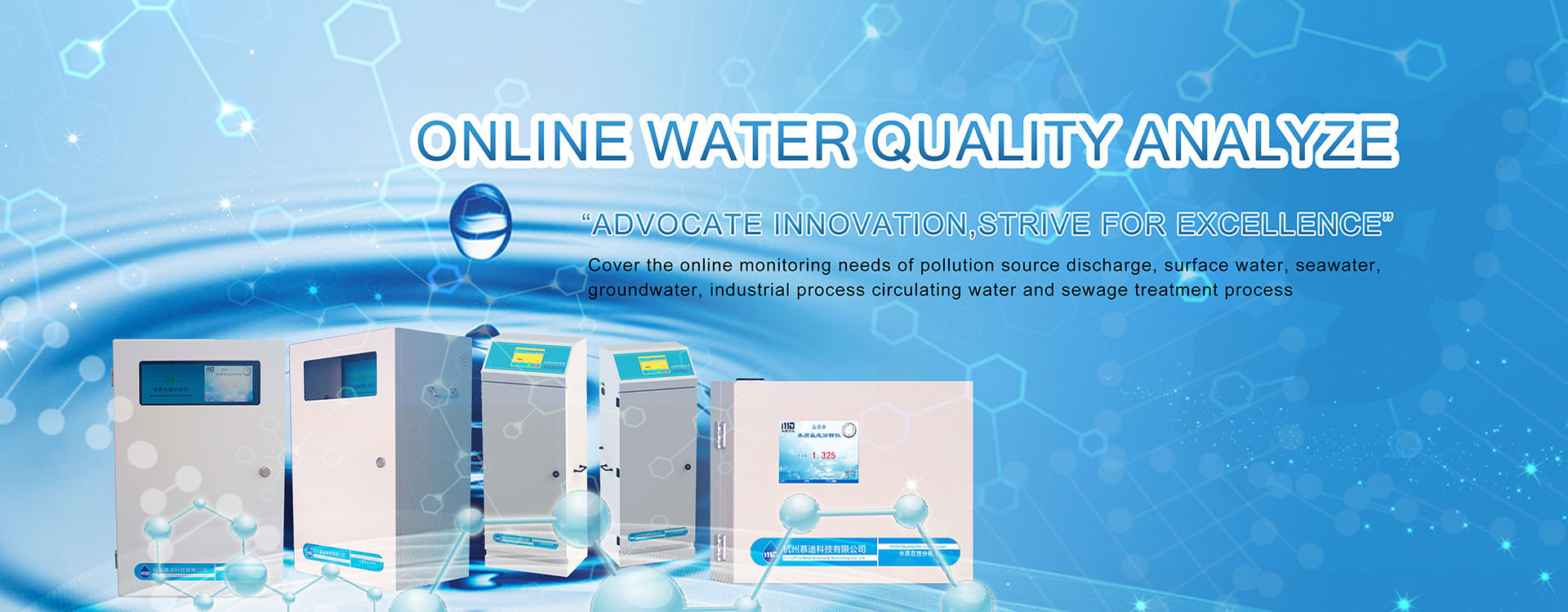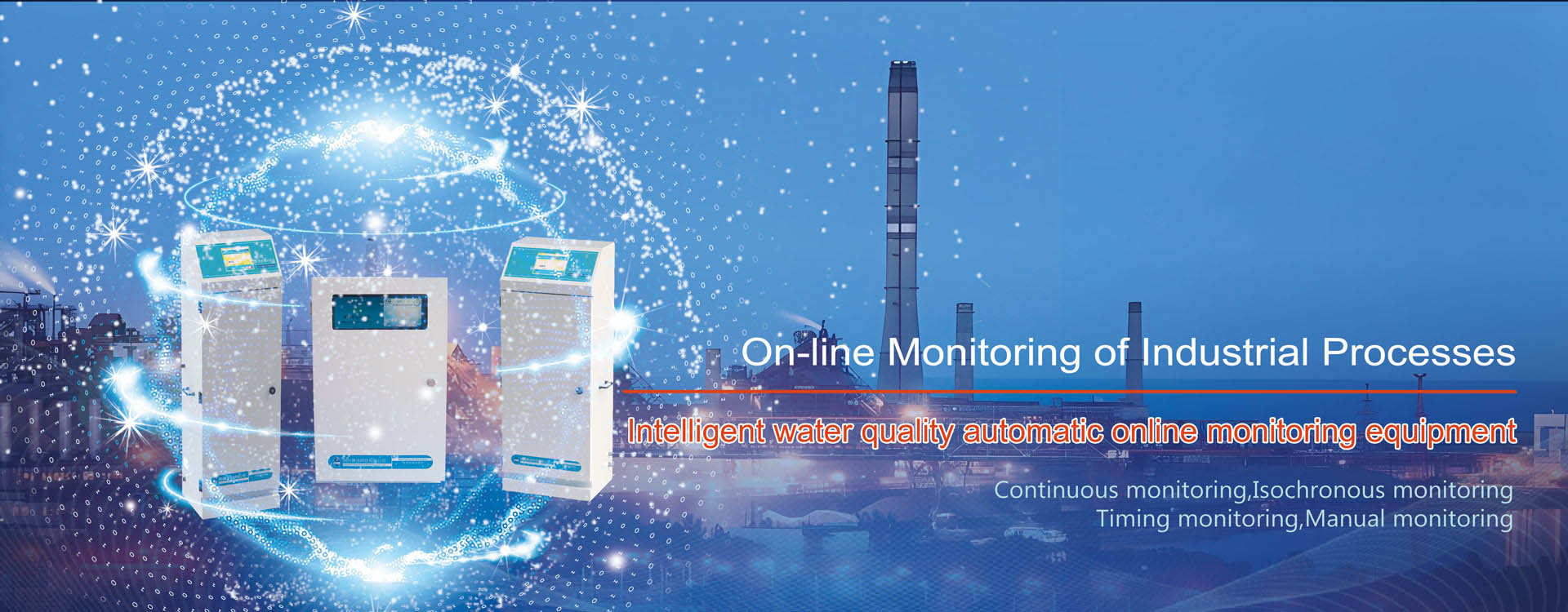First, what is the alkalinity of the water that we need? It actually refers to the total amount of substances contained in water that can quantitatively react with strong acids, and it is a comprehensive characteristic indicator of water quality. So, what exactly is the purpose of testing the water alkalinity for you? In this chapter, the online water quality monitoring instrument manufacturer will explore with everyone the significance of detecting water alkalinity.
The alkalinity in water is mainly formed by the presence of carbonates such as potassium, sodium and calcium, medium carbonates and hydroxides. Its determination is of great significance to industrial water use and water treatment projects, and it is an important comprehensive water quality indicator. The index of water alkalinity is often used to evaluate the buffering capacity of water bodies as well as the solubility and toxicity of metals in them. It is a critical indicator in the water and wastewater treatment process and an indispensable analytical item in the water treatment process. For instance, in the coagulation treatment of water, the normal operation of the coagulant’s hydrolysis is ensured by the alkalinity of the water. If the alkalinity of the water is insufficient, additional alkali needs to be added until it reaches an appropriate level. In boiler water, if the bicarbonate alkalinity is too high, the carbon dioxide produced during the heating process will make the steam corrosive. In addition, substances containing alkali are rather complex. When industrial wastewater is recycled and treated, the total alkalinity is an important indicator for controlling the treatment effect.
For sewage, if the industrial wastewater has a high alkalinity, it must be treated and monitored to be qualified before being discharged into water bodies. However, for industrial wastewater, the alkalinity substances it produces are relatively complex, and it is not easy to distinguish various components by ordinary methods. Therefore, it is necessary to measure the total alkalinity of the water, that is, the total amount of substances in the water that can react with strong acids. When alkalinity is formed by excessive alkali metal salts, it is used again to determine whether it is suitable for irrigation.
So how can one know whether the water alkalinity content meets the requirements? The alkalinity in sewage can be detected in real time through an online water quality alkalinity analyzer, thereby determining whether the alkalinity in the water is qualified!




